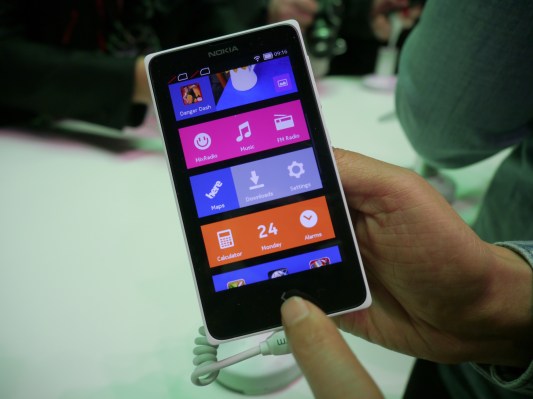Microsoft partner and soon to be subsidiary Nokia introduced Android-powered devices at MWC this year in an apparent bid to go after the low end of the market, but there’s more and more reason to believe that experiment won’t continue once MS takes the reins of Nokia’s hardware division. A fresh report today suggests that Microsoft is mulling a licensing fee price cut of up to 70 percent compared to what it currently charges.
That price drop is coming, according to OEM smartphone maker Infosonics — which deals in low-cost Android devices — speaking to PCMag. Its intended purpose is to make it possible for OEMs like Infosonics to build affordable Microsoft hardware that can compete with its budget Android devices.
Previously we’d heard that Microsoft was looking at getting rid of the licensing fee altogether, but the software giant still makes a good portion of its revenue from licensing its desktop OS, and is likely unwilling to cede that stream entirely. Licensing fees for Windows Phone were between $20 and $30 as of the last word from a hardware partner, so a 70 percent cut would put new fees at roughly between $6 and $10 per unit.
Microsoft has already lined up some low-cost manufacturing partners, including manufacturers in China and India, so it’s making headway in getting its software in the hands of entry-level consumers, and working around what some see as prohibitive hardware minimum spec restrictions for Windows Phone. And despite the presence of any real budget devices, Windows Phone remains a good candidate for the fastest-growing mobile operating system over the next few years, according to predictions by research firm IDC.
The Nokia X project could continue to survive as a way to get users committed to Microsoft services, but judging by Microsoft’s messaging on that subject, as well as the news above, I’d say it’s much more likely that we’ll see the company go it alone and try everything possible to get low-cost hardware running Windows Phone into the hands of the next billion smartphone users.
